Featured image credit: ROSCOSMOS Press Office/TASS via Getty Images
Lift Off Time/Launch Window | February 15, 2020 – 04:45 UTC | 10:45 ALMT |
|---|---|
Mission Name | Progress MS-16 (77P), a cargo resupply mission to the International Space Station (ISS) |
Launch Provider | ROSCOSMOS |
Customer | ROSCOSMOS |
Rocket | Soyuz-2.1a |
Launch Location | Launch Complex 31/6, Baikonur Cosmodrome, Kazakhstan |
Payload mass | Approximately 2,400 kg (5,300 lbs) (Cargo, not the entire spacecraft) |
Where’s the spacecraft going? | Low Earth Orbit (LEO), rendezvous with the ISS – 420 km (260 mi), 51.6° inclination |
Will they be attempting to recover the first stage? | No, the side boosters and core stage are all expendable |
Where will the first stage land? | The boosters will crash into the steppes of Kazakhstan |
Will they be attempting to recover the fairings? | No |
Are these fairings new? | Yes |
This will be the: | – 168th flight of a Progress spacecraft – 24th flight of the Soyuz 2.1a – 113th flight of any variant of Soyuz-2 – 77th Progress cargo delivery to the ISS |
Where to watch | ROSCOSMOS livestream (if available) |
What does all this mean?
ROSCOSMOS will be launching Progress MS-16 to the International Space Station. The capsule will launch on a Soyuz 2.1a rocket from Launch Complex 31/6 in Baikonur Cosmodrome, Kazakhstan.
Progress MS-16 will carry 600 kg of propellant for the ISS, 1,400 kg of dry cargo, food, and 420 kg of water for the Rodnik system. Also on board this flight are various items of equipment to assist in detecting and fixing any air leaks onboard the station.
What is the Progress MS-16 mission?
ROSCOSMOS is sending an uncrewed Progress MS spacecraft to the International Space Station, to resupply it with fresh food, water, and other cargo. It will dock to the Pirs node’s zenith port (facing the Earth). Pirs is at the aft end of the ISS, connected to the Zvezda service module.
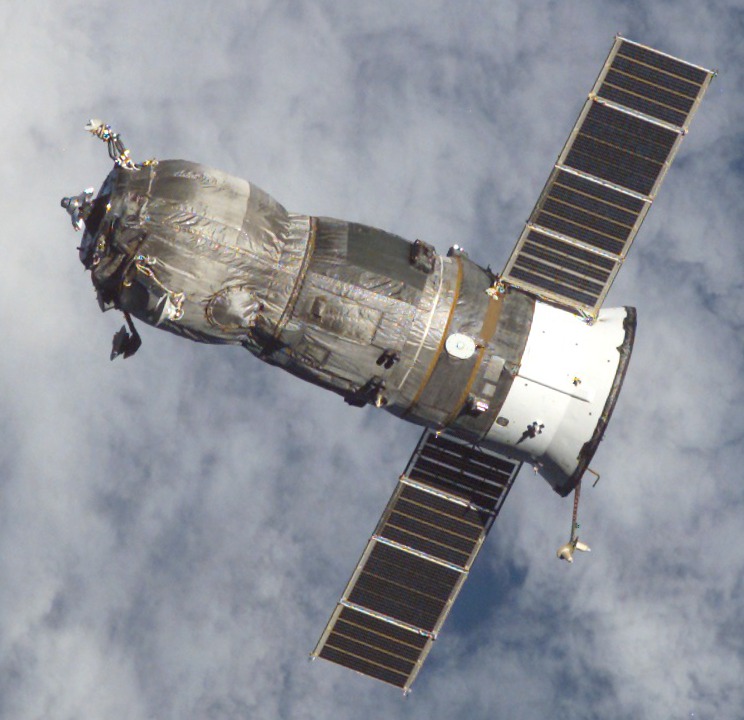
What’s the Progress spacecraft?
Progress MS-16 is the latest flight of the automated, uncrewed version of the familiar Soyuz spacecraft. NASA designates the mission as ISS 77P. It launches on board the “Soyuz” (R7) rocket from the Baikonur cosmodrome in Kazakhstan. Soyuz rockets have been flying regularly since the 1960s.
Progress features three modules as seen in the photograph above, in the same manner as the Soyuz crewed vehicles. The Soyuz spacecraft has an upper orbital habitation module, a middle ascent and descent module, and a rear service module. In contrast to this, the Progress MS spacecraft has an upper cargo module, a middle refueling module, and the same rear service module.
The refueling module is used to assist with orbital boost operations on the International Space Station, to overcome the slight drag from the residual atmosphere at the height of 420 km (260 statute miles). Unlike Soyuz, the three modules on Progress are not capable of separating before re-entry and so the entire spacecraft burns up on reentry.
Progress-MS variant
Progress MS is the latest version of the classic cargo workhorse from Russia, based on the Progress M which came before. This latest version has several improvements over the Progress M vehicle.
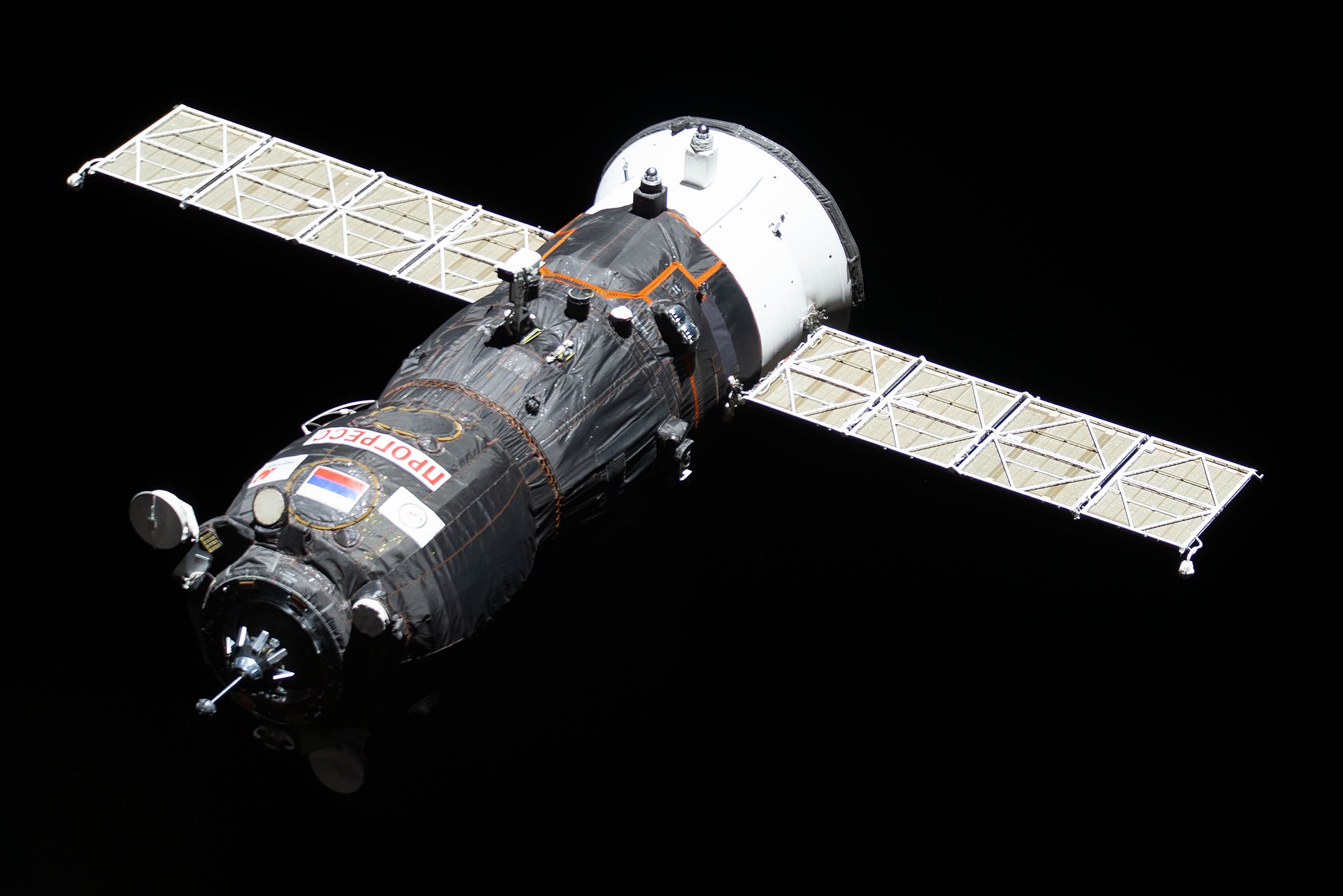
One specific change for Progress MS is an upgrade of the automated docking navigation system, called Kurs. Progress MS uses a digital docking system Kurs NA (“New Active”), replacing the previous Kurs A system. Kurs NA differs from Kurs A primarily in its antennas: Kurs NA needs only one AO-753A antenna, whereas Kurs A needed five (two 2AO-VKA and three AKR-VKA). Furthermore, Kurs NA uses less power than Kurs A.
Another interesting feature of Progress MS is that it has unpressurised storage areas that can be used for satellite deployment. Each storage area can support up to four launch deployment positions. It supports up to a maximum of 24 CubeSats.
What about the Soyuz (R7) rocket?
Introduced in 1966, the Soyuz rocket has been the workhorse of the Soviet/Russian space program. Technically it should be called the R7 rather than Soyuz, but the English-speaking world refers to this rocket as Soyuz. The first launch of the Soyuz 2-1a version was on November 8, 2004 from the Plesetsk Cosmodrome, and represented a major step in the Soyuz launch vehicle’s development program.

Soyuz rockets can be launched from several launch sites such as Plesetsk and Vostochny (in Russia) and Kourou (in French Guiana, for ESA). However the most well-known launch site for Soyuz is Baikonur, in Kazakhstan.
The Soyuz version currently being used for cargo launches to the ISS is a three-stage launch vehicle, which consists of:
Side Boosters
The side boosters’ RD-107A engines are powered by liquid oxygen and kerosene, which are the same propellants used on each of the lower three stages. The kerosene tanks are located in the cylindrical part and the liquid oxygen tanks in the conical section. Each engine has four combustion chambers and four nozzles.
During side booster separation, the boosters perform a well-known pattern, in which they peel off and cartwheel outwards! This is known as the “Korolev cross”, named after Sergei Korolev, the Chief Design Engineer of the USSR space program in the 1960s.

Soyuz Center Core Stage
The center core stage is fitted with an RD-108A engine and also has four combustion chambers and four nozzles. It also has four S1.358000 vernier thrusters, used for three-axis flight control once the side boosters have separated. (The side boosters each have two of these vernier thrusters.)
Soyuz Upper Stage
The upper stage engine’s thrust enables the stage to separate directly from the central core. The upper stage engine is ignited prior to stage separation. This process is called “hot staging”.
The third stage uses either an RD-0110 engine in the Soyuz ST-A (2-1a) version, or an RD-0124 engine in the ST-B (2-1b) version. This flight is using a 2-1a vehicle, so in this case the stage has an RD-0110 engine.
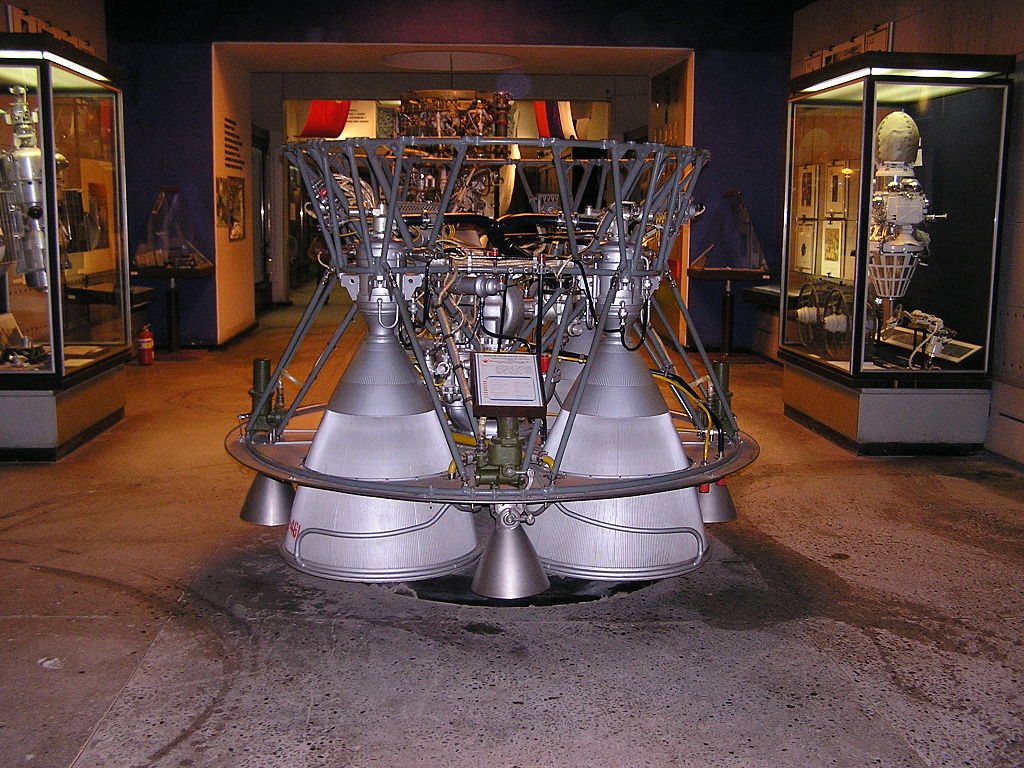
Orbital operations
Progress MS has a flight control system called SUD, replacing the previous Kvant-B system. The SUD system provides Mission Control in Moscow with real-time data via data relay satellites called Luch-5.
Approximately 3 1/2 hours after launch, Progress will have matched its orbit with that of the ISS and autonomously docked. It does this using its active Kurs docking system which works with passive Kurs elements on the ISS itself. This is achieved in just two orbits of the Earth.
While docked to the ISS, Progress can re-boost the ISS orbit using its service module propulsion. However, it can also provide fuel from its central refueling module to the ISS as well. This gives the ISS its own independent capability for boosting its orbit as required using the Zvezda service module.
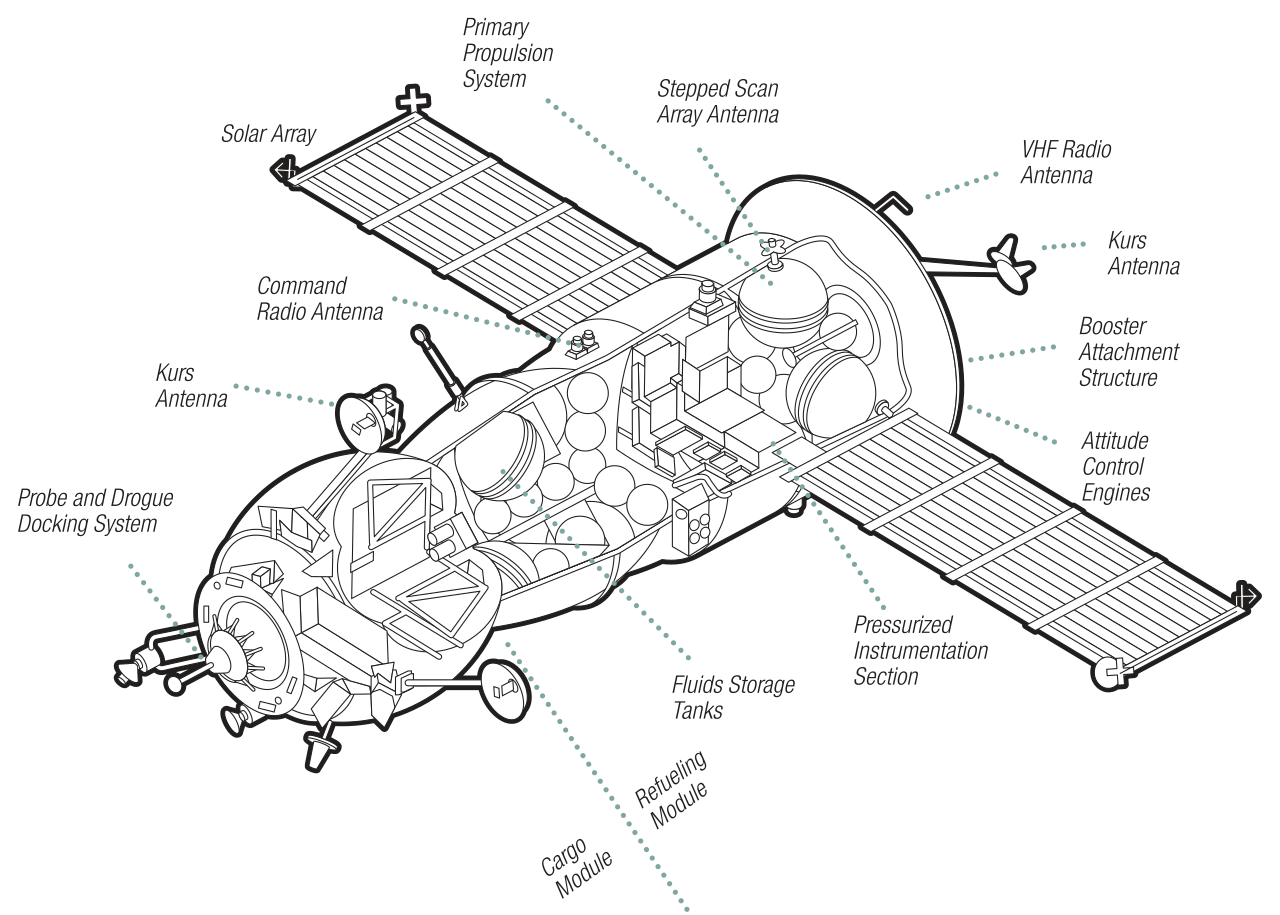
Progress spacecraft will typically stay docked for up to three months. Once astronauts have unloaded the cargo, they will gradually fill the cargo module with trash. After separation from the ISS, Progress performs a deorbit burn and destroys itself during reentry. However, occasionally small amounts of payload can be returned. Progress can use a small capsule attached to the docking hatch of the cargo module. If used, this capsule is ejected during reentry, after which it lands using a heatshield and parachute.
Air leaks on the ISS
According to energia.ru, there are some technical items of equipment on board this flight that will be used on the ISS. Specifically, they are for the detection (and fixing, if found) of any air leaks that may occur on the ISS.
Background
Starting as long ago as September 2019, a small air leak was observed to be somewhere on board the ISS. Air was being lost at the rate of 0.27 kg (0.6 lbs) per day – not that much, but enough to be of interest for investigation.
By August 2020, however, the size of the leak had increased considerably, and was by this time leading to the loss of 1.4 kg (3.1 lbs) per day. This led to the crew onboard performing leak checks steadily over the next few weeks.
Investigation
This consisted of closing off internal hatches between the different modules, in order to try to pin down the location of the leak to a particular module. They also used a leak detector tool that makes use of ultrasound to try to “hear” the leaking air.

Eventually, the leak was found to be based on the Zvezda service module at the aft end of the station. This is the module where the Russian crew sleep when on board.
Fixing the leak
The root cause of the leak is still unknown, but its precise location was finally found by using floating tea leaves. Anatoly Ivanishin opened a tea bag in the Zvezda module, and allowed a few dry leaves to escape into the module. In free air, with no other unbalanced forces acting on them, the leaves drifted slowly in the direction of the escaping air. This was found to be at the site of a “scratch” next to the communication equipment, and thought to be evidence of a small crack in the module’s wall.
The Russian crew patched the leak in October using Kapton tape, but they reported to Mission Control in Moscow that the repair may not last for the long term. (Kapton is a polyimide film that is used extensively on spacecraft and satellites, and also in aviation.) The Russian crew suggested that they should ask their NASA colleagues (at that time Chris Cassidy and Kate Rubins) for alternative patching solutions.
This is pure speculation, but it seems highly likely that the special equipment flying on the MS-16 mission is specifically aimed to ensuring:
- this specific air leak can be fixed permanently and securely, and
- Russian cosmonauts will not need to ask American astronauts for help to patch their modules in the future.
Trivia
Fun fact: the first flight of a Progress MS spacecraft took place on December 21, 2015. Why is that interesting? Well, that’s exactly just one day before SpaceX first successfully landed a Falcon 9 first stage! That flight was Orbcomm OG2 M2.




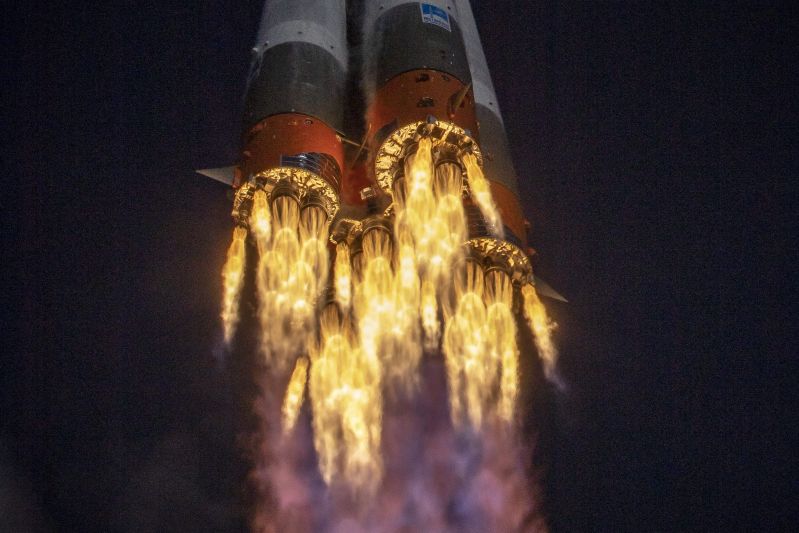
Interesting update about the leak, I’d been wondering how that was progressing. I was especially interested to read about the Russians not wanting their cosmonauts to have to ask for American astronauts’ help in the future. Thanks for writing these previews. I’m sure it’s a lot of work. I really appreciate them.
On the flight numbers you put 113rd instead of 113th
Thanks for pointing that out! It’s fixed now.
This progress mission will also perform an important role while departing the iss, it will undock along with the Pirs module from the station and both of them will deorbit, which will put an end to Pirs module after 20 years of service. Amazing!